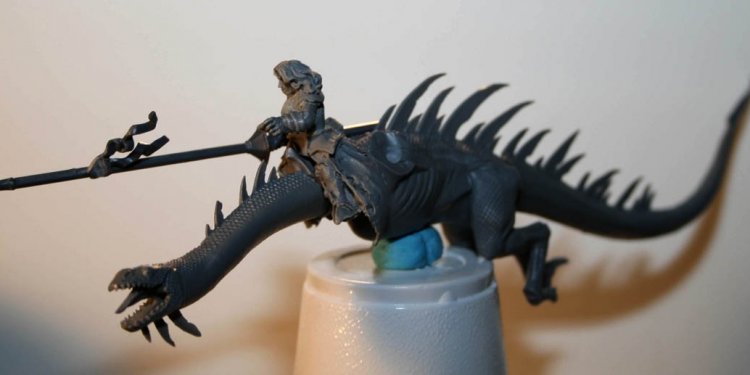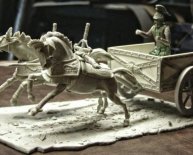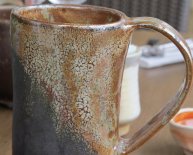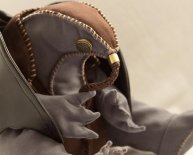
Sculpting ideas
Bodysculpting is a strategy teachers use to help students debrief material (readings, videos, fieldtrips, survivor testimony, etc) that evokes strong feelings. Nonverbal forms of expression can be an effective medium for students when they are trying to process powerful emotional content that is difficult to put into words. The bodysculpting teaching strategy provides a nonverbal form of expression by requiring students to represent ideas through body-positioning.
Procedure
Step One: Preparation
After students have encountered a powerful text, video, testimony or other experience, ask them to do a ‘quick write' in their journal about the material. Prompts you might use to structure journal-writing include: What ideas, and questions are on your mind now? What feelings did this material bring up for you?
Step Two: Word selection
For bodysculpting, students need to use words as prompts for their creative work. Drawing from their journal entries, ask the class to brainstorm a list of feelings they experienced as they explored the material. Then ask them to brainstorm a list of words that describe the actual story they heard (or read). Words that work well for body sculpting include: fear, strength, power, sad, confused, trapped, etc.
Step Three: Review bodysculpting rules
Before students begin bodysculpting, it is important to review the "rules" for sculpting:
1. Decide who will be the sculptor and who will be the clay.
2. Sculptors can either physically mold the “clay” or act as a mirror for them to show the “clay” the position/image they want.
3. Images can be concrete or abstract.
4. Sculptors must treat their clay with gentleness and respect. (Very Important!)
5. There are no wrong answers; whatever image you get is fine.
6. All body sculpting must be done in silence.
It is a good idea to post these rules on the board as a constant reminder.
Step Three: Model bodysculpting
Model the role of the ‘sculptor' for the class and ask a student volunteer to be the “clay.” Spend a minute or two sculpting a word. Show the class how the sculptor can physically mold the clay or provide a mirror image of how he/she wants the clay to appear.
Step Four: Students work in pairs
Divide students into As and Bs and then have an A partner with a B. Assign a word to the class. In the first round, As are the sculptors and Bs are the clay. Give As two to three minutes to sculpt their clay. While all the Bs freeze, the As walk around and look at the "sculpture garden" to see the various representations of the assigned word. Then have the pairs switch roles so that Bs are the sculptors and As are the clay. Repeat these steps for as many words as you have time for (or until students’ attention wanes).
Step Five: Debrief
Begin the debrief by having students write in their journals. Prompts you can use to guide journal-writing include:
- What did you learn from bodysculpting? In what ways, if at all, do you think about the material differently now?
- Which sculptures stood out to you? Why?
- How did it feel to be the sculptor? How did it feel to be the clay? Which role did you prefer more? Why?
Variations
- Group Sculpting: Two pairs join, forming groups of four. Groups decide who will be the sculptor first. The sculptor now has three pieces of clay to sculpt. They can form one whole image or separate images, like a triptych. Each person in the group gets a chance to sculpt.
- Quotation sculpting: Instead of sculpting a word, students can sculpt a phrase or quotation selected from a text. Students often need several pieces of “clay” to work with to represent the quotation.
Example
- This lesson plan uses theatre techniques and tools as way of approaching the subject of the Holocaust. Since theatre is not often used in most history classrooms, some work must be done to make the students comfortable in enacting fictional and/or historical scenes. Accordingly, some initial time must be spent with the students on activities to increase their comfort with working together and working physically, not just in their chairs.

















